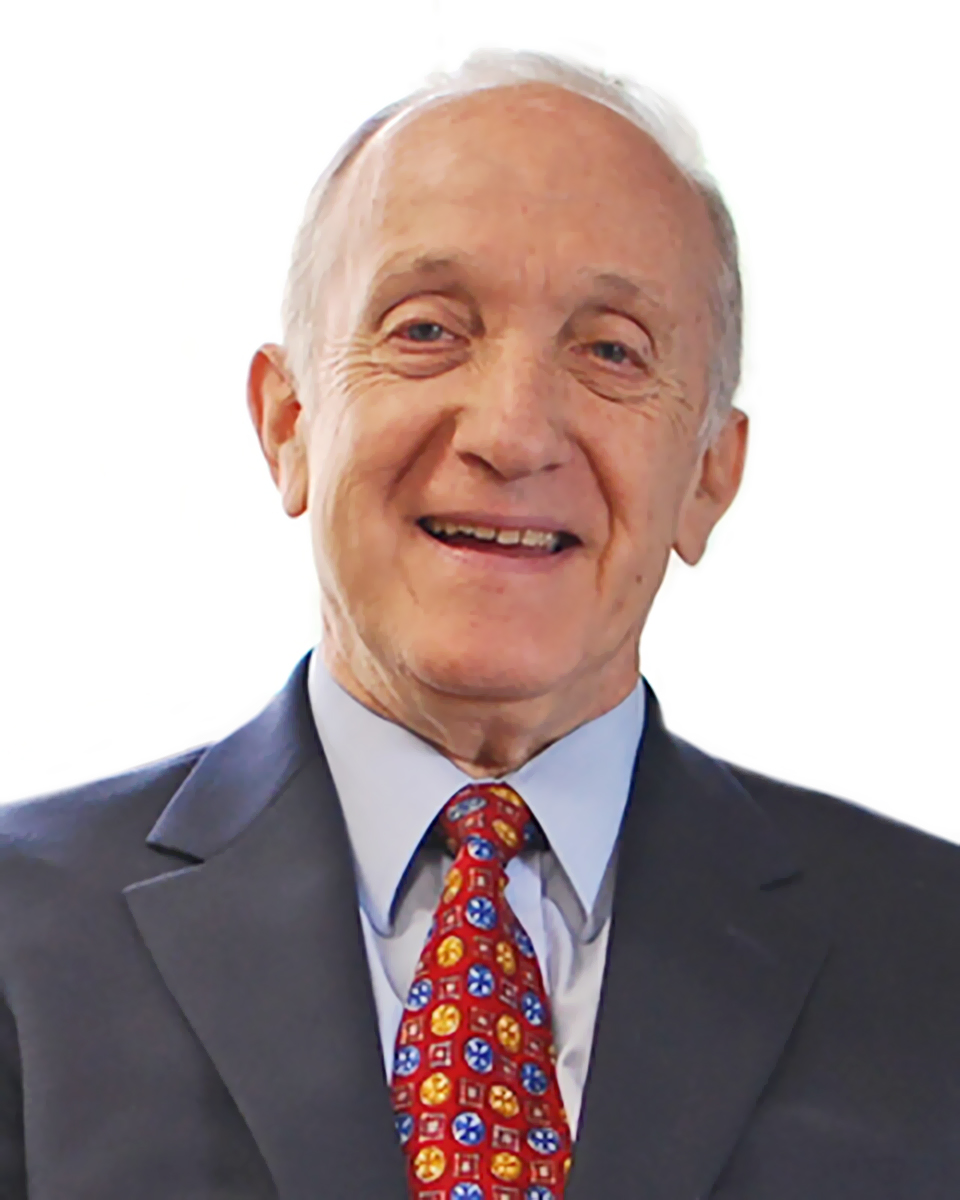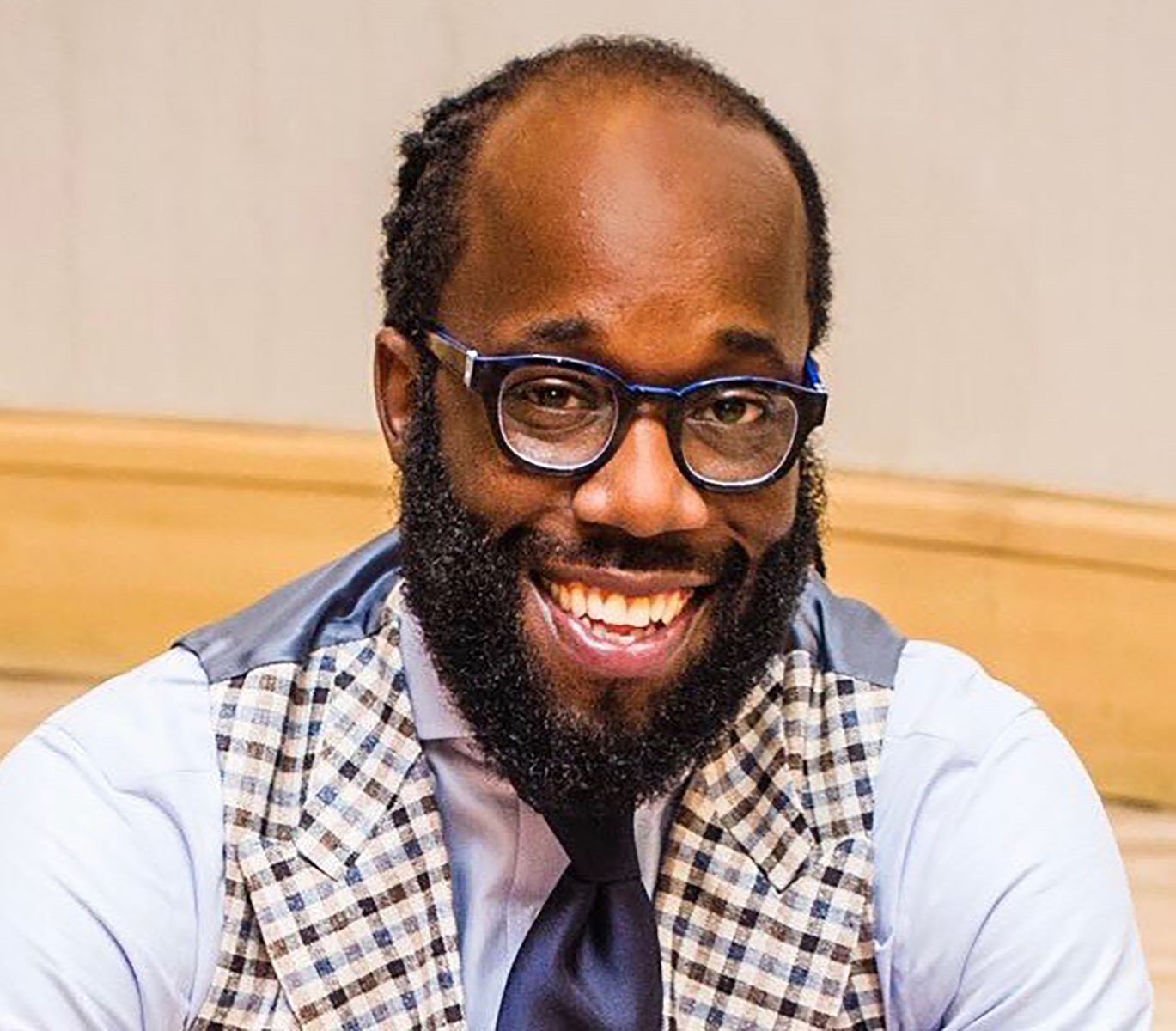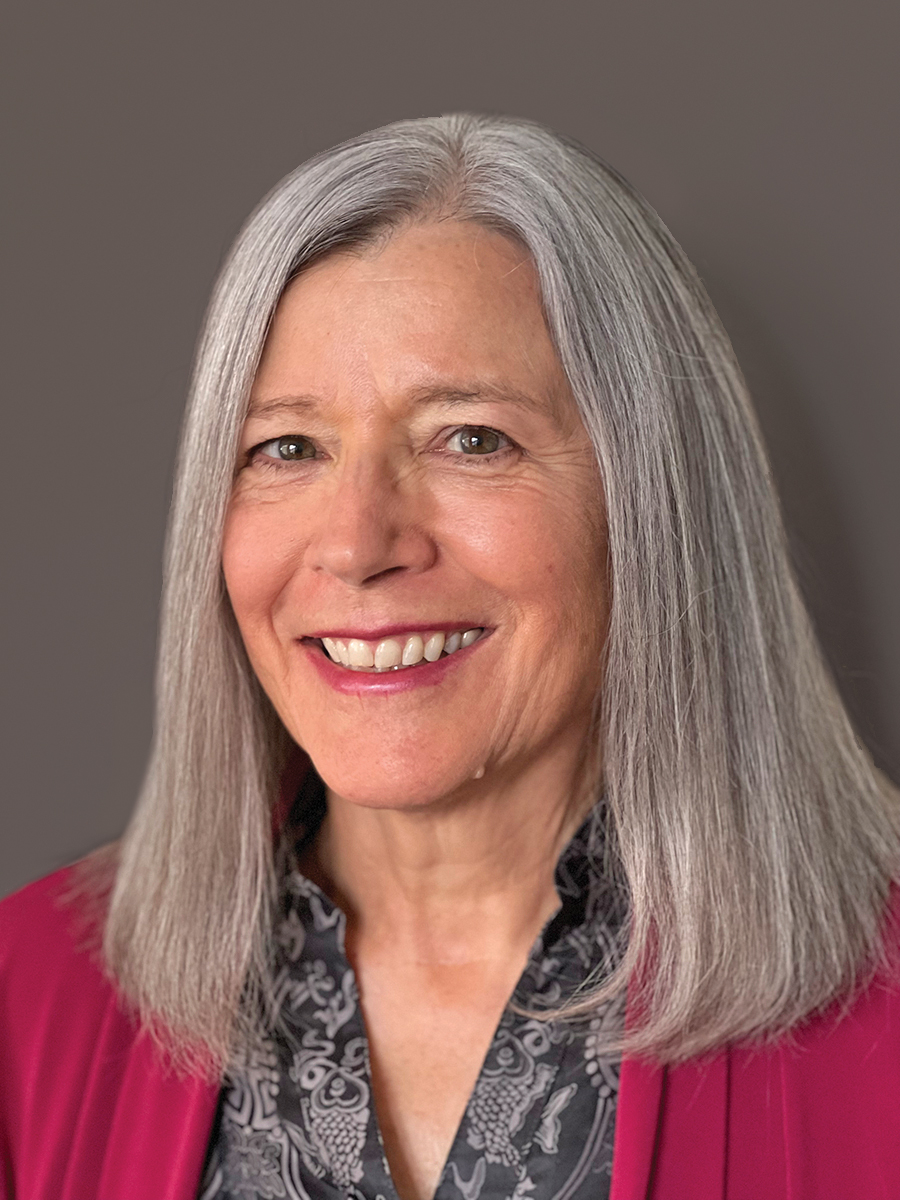Q&A with the Author
- Can you discuss what issues contemporary psychotherapists face, and how the text addresses them?
- What makes this book a valuable text for psychotherapy students?
- What do you see as two most important takeaways for students from the text?
- Do you have any thoughts for instructors on how to guide their students in reading the chapters?
- What are some of the most forward-thinking points that the book addresses?
- Where do you see the field headed in the coming decade or so?
Can you discuss what issues contemporary psychotherapists face, and how the text addresses them?
All psychotherapists work within a theoretical framework that helps guide their therapeutic work. In order to choose one or more that are theoretically sound, clinically effective and that match their personal predilections, they need to be exposed in their training to a variety of approaches. Essential Psychotherapies provides this opportunity by distilling the large array of therapies to the most essential and enduring ones such as psychodynamic, cognitive, behavioral, experiential, family, group and integrative. Each chapter blends theory with practice and provides clinical vignettes and a full case, all written by outstanding scholar-clinicians. The volume also provides an introductory chapter that surveys some of the most important and topical concerns in the field, such as the role of diagnosis, cultural competency, psychotropic medication, Internet technologies such as mobile apps, specific techniques vs. common factors and evidence-based practice.
What makes this book a valuable text for psychotherapy students?
Reviews of the three earlier editions of this text have praised the quality and clarity of writing and accessibility of the concepts for students, making it a pleasure to read. Students especially will appreciate the comprehensive set of author guidelines, which allow a ready comparison among all therapies. Topics include the concept of personality, psychological health and psychopathology, the process of clinical assessment and the practice of therapy. The latter covers the therapeutic relationship, curative factors, ethical issues, research support and a case illustration. There are also recommendations for further reading and video viewing that demonstrate the practice of each therapy. All of these elements provide a solid foundation for anyone interested in knowing how psychotherapy is practiced today.
What do you see as two most important takeaways for students from the text?
The first most important takeaway for students is that psychotherapy is a complex and challenging human endeavor that requires both book learning and practice to do well. A second is that there exist a variety of theoretically sophisticated and empirically supported therapies that are worth learning so that one can choose one’s major mode or modes of practice and ultimately be able to integrate more than one in clinical practice.
Do you have any thoughts for instructors on how to guide their students in reading the chapters?
Each chapter is crafted in accord with an overarching framework to facilitate comparison across the psychotherapies. As a result, each chapter provides information about a psychotherapeutic model as related to its historical background, concept of personality, psychological health and psychopathology, process of clinical assessment, practice of therapy, therapeutic relationship and stance of the therapist, mechanisms of change, treatment applicability, ethical considerations, research support and evidence-based practice. It behooves instructors to encourage their students to read and reflect on these topics as they relate to each psychotherapeutic model, glean what they learned and then compare across psychotherapies.
What are some of the most forward-thinking points that the book addresses?
One forward-thinking aspect of this fourth edition of the book is the enhanced focus on the integration of cultural factors in each essential psychotherapy. A second factor is the increased attention paid to the ways in which a psychotherapeutic approach can be applied to improving both physical and behavioral health including serious mental illness. A third forward-thinking point is the emphasis placed on ways in which each essential psychotherapy is or can be integrated with other models. A fourth innovative focus is the nuanced approach to complex ethical challenges pertinent to each psychotherapeutic model.
Where do you see the field headed in the coming decade or so?
To some extent, knowing the future of psychotherapy is like looking into a crystal ball. Here are our best guesses. We expect that all approaches will be more multiculturally informed. In addition, we believe each psychotherapeutic model will be strengthened by a greater focus on the importance and value of the therapeutic alliance/relationship, blended with specific techniques. Finally, we hope the future will include enhanced respect for a plurality of psychotherapies, as detailed in this book, rather than a uniform approach or single gold standard. We see this pluralistic outlook as laying the foundation for a degree of theory-based integration across approaches in order to provide more individualized psychotherapeutic services.
See all titles by and read more about Stanley B. Messer on his author page!













